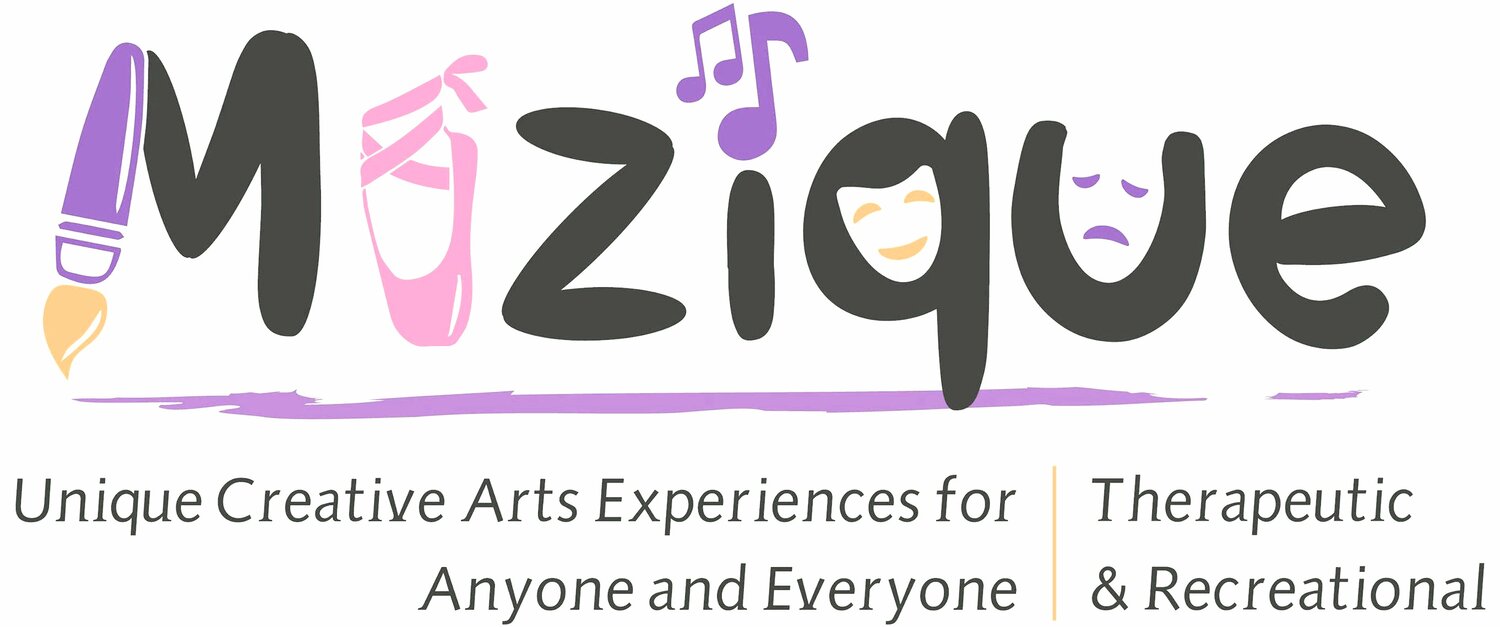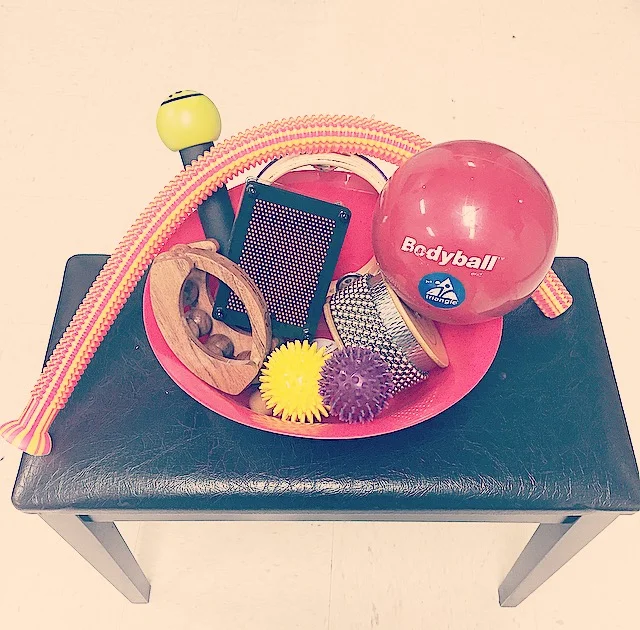“Sensory issues are associated with autism because they are common in children and adults on the autism spectrum, though most children with SPD are not on the spectrum. They can also be found in those with ADHD, OCD and other developmental delays — or with no other diagnosis at all. In fact, a 2009 study suggests that one in every six children has sensory issues that impede their daily functioning, socialization and learning.” (Huffington Post, 2012).
Many schools do not have any accommodations for children with sensory needs, so we’ve compiled this list of easy items you can find in your classroom, both music and any other classroom, that can aide in sensory integration and sensory breaks.
First we’ll start with the music room! Here are a few items that you can keep for sensory breaks in your music space:
Cabasa- Cabasas are awesome instruments that serve a dual purpose: Music and sensory for touch! The cabasa is on the heavier side and the beads have a cold, round texture that bump along the grooves of the base. Come to think of it, it serves a third purpose as well: Sensory for sound! The vibrations that resonate from the beads rubbing against the grooves can help to suppress auditory sensory needs as well!
Weighted shakers- In my music room, we have a zumba shaker. This Zumba shaker weighs between 1-2 pounds and has beads in each end. This aides in sensory of touch and also of sound.
Tambourine- The tambourines that I prefer for sensory purposes are on the smaller side, have an extra texture around them, and are on the quieter side. The purpose for the quieter tambourine is so that it can be moved around without too much noise disruption amongst other students.
Silencer headphones- Silencer headphones allow for pressure on the head and to suppress the noises in the room. Just because a child may like music, does not mean they want it loud.
Pop Tube- These tubes make a fun noise and have a touch factor as well! They are lined with ridges and hollow in the middle. Also, if spun in the air, they will make a whistle sound!
Other generic sensory items- Just because it’s a music room does not mean that you cannot have any other standard sensory items in your bin! On that note…
That brings us to what to have in a sensory bin in a regular classroom! This applies not only to those with developmental disabilities, but also to neurotypical students who may need some sensory assistance! So here we go:
- Variety of Tennis-sized Balls- Soft, hard, spiked, gel, squishy, deflated, stuffed, stress ball, etc. These balls are great tactile sensory stimulators that allow for one open hand for work to be done! The more variety you have, the better.
Calm down bottle/jar- Calm down jars (or sometimes called time out jars) are great tools for mental relaxation for just about anyone! You can fill them with just glitter OR you can even add small figurines or other items that will add to the sensory fun! These are easy to make at home using everyday items lying around your house! Click here to see some ideas!
Weighted lap pad- These lap pads are great for sensory pressure while working at a desk with both hands free! You can also use them on backs and shoulders as well. (Some weighted lap pads even come with activities on them like mazes, puzzles, search and finds, etc.).
Textured bracelet- These bracelets allow for quick sensory breaks while still maintaining focus, no matter where you are! Most are also chew safe ad come in many different forms, so it's probably best to have a variety for your sensory-seeking little ones.
Chew toys- Although these need to be sanitized after every use (I suggest that you assign specific chew toys to specific students for sanitary reasons), chew toys are great for oral sensory stimulation. If you have a child in your class that tends to bite or grind their teeth, these chews are great for redirection and will take a little strain off of the teeth-against-teeth contact.
Fidget cube or fidget spinner- These are HUGE right now and encourage redirection of focus away from the fidgeting and back to the work at hand. I have personally seen even adults using a fidget spinner at their desks or while reading. It is stimulating enough but not too distracting, which is great for students while testing or studying to limit the fidgets and breaks.
Seat pads- These pads are great subtle, sensory items for students’ chairs that provide a different texture than the hard seat that they are used too. There are hollow pads, gel pads, foam pads, etc. Each of these will provide a unique sensation for the student!
Weighted blanket- Weighted blankets are great for pressure on either the shoulders or lap while seated, or one the back while laying down. They can also benefit a restless sleeper by exerting pressure throughout the night. Weighted blankets can run quite expensive, but of course there are always DIY options! Check them out here!
Before assigning anything specific to any student, check to see if your school has an occupational therapist that could do a consultation to determine if the student has sensory needs. If you’re looking for a good source for sensory items to fill up your baskets, Fun and Function has tons of fantastic items, including their own break boxes, which we may be reviewing in future blogs (so keep an eye out!). Check them out here!
So there you have it! A sensory basket for the music room, and a sensory basket for a regular classroom! If you have any other sensory items for the music room or a regular classroom, let us know in the comments below!
Thanks for checking out our blog! Click here to receive a free list of 25 Action Songs to get your kids moving! You'll also be the first to find out when we publish a blog, release a mini-book, or create a new experience! And follow us on all social media (Facebook, Twitter, Instagram, Pinterest) @muziquearts!
















So, you’re stuck at home, huh? Well, we are too, but that’s not stopping us from bringing music into the homes of our clients and students!